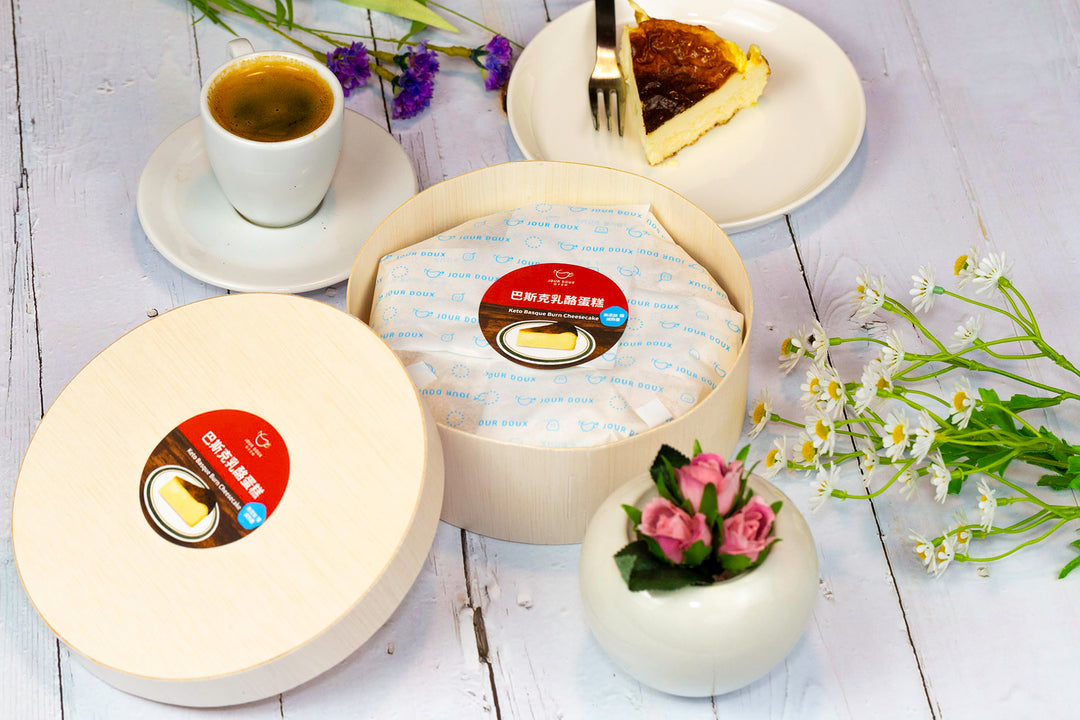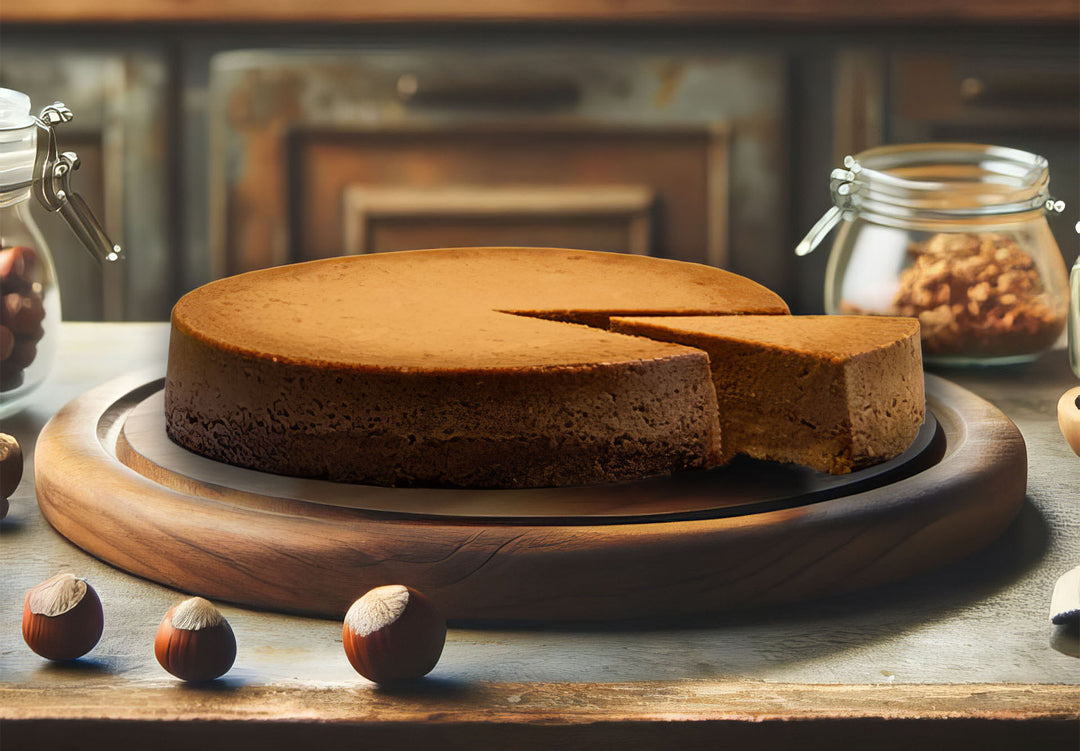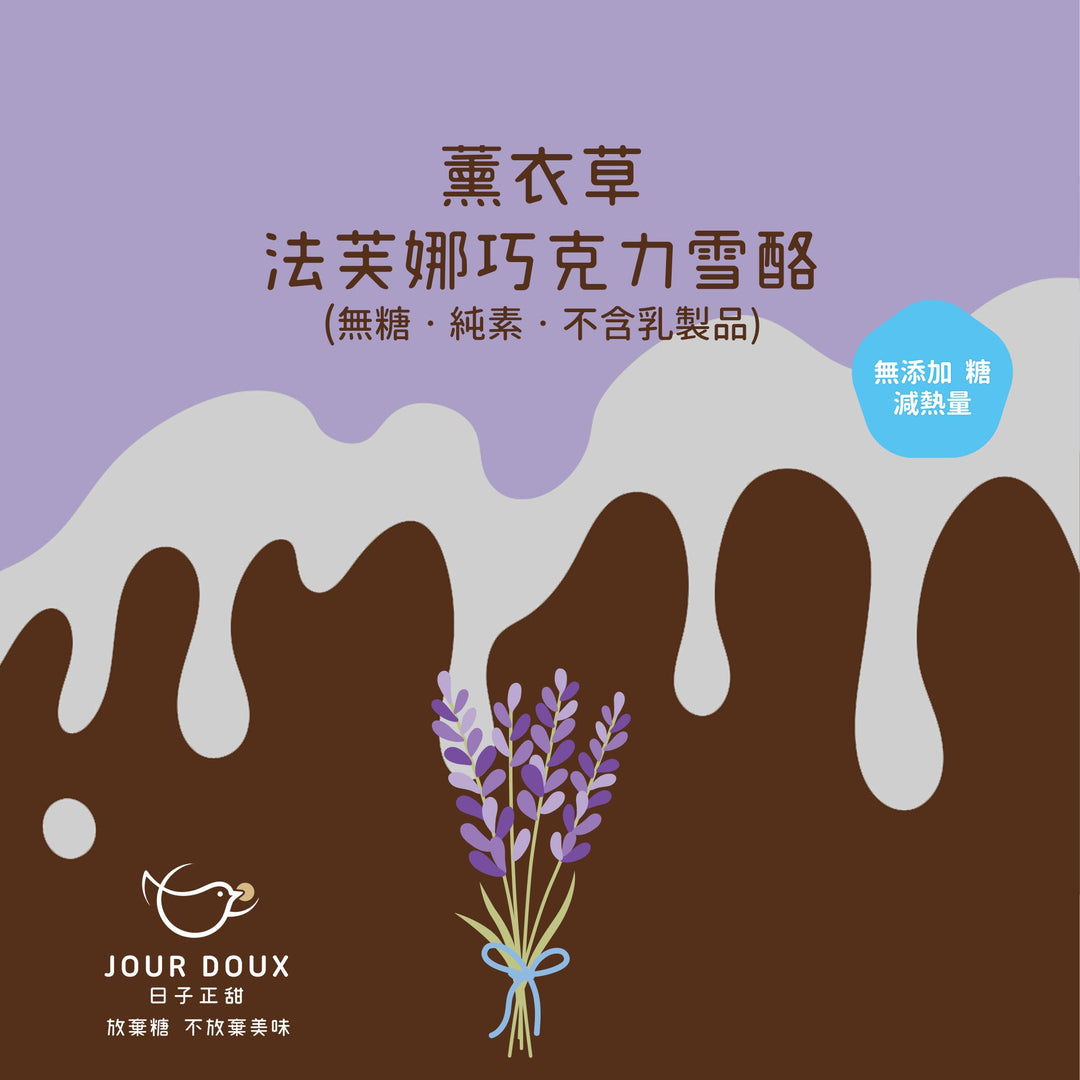Hidden Ingredients in Flour (Medium)
The previous article mentioned the two basic procedures of bleaching and nutritional fortification in general flour. Nutritional fortification additives are mainly iron and vitamin B group, which are usually marked on the ingredient label of flour. But bleached flour is usually only labeled as bleached, not the chemical ingredients used to do it. Some bleaching agents are also improving agents. Famous flours that are usually popular in bakeries have been mixed with improving agents to shorten the fermentation time of the dough, make the bread fluffier, and sell it for several days without hardening. In this article, we will discuss the bleaching agents and improvers that may be contained in these flours but not necessarily labeled. 
Bromate
Adding bromate to flour can accelerate the oxidation and maturation of flour. However, in the early 1990s, after the FDA in the United States raised concerns about the possible carcinogenicity of bromate to humans, some states in the United States and Canada banned the addition of this additive to flour.
Azodicarbonamide (ADA)
ADA is a fast-response flour additive approved by the United States and Canada but banned by the European Union. It can make sticky dry dough absorb higher moisture. Although it is not a bleaching agent, it can make the bread have a finer structure and make the bread look whiter. Excessive intake may cause respiratory allergies and lead to asthma.
L-cysteine (L-Cysteine)
It is an amino acid, which can accelerate the reaction of dough, greatly shorten the fermentation time of dough, and increase the elasticity and fluffiness of dough. Diarrhea or allergies may occur when ingested in excess. 
Vitamin C (Ascorbic Acid)
Vitamin C can increase the fluffiness of bread. Bakers knew hundreds of years ago that adding aged lemon juice to the dough can increase the gas content of the bread and make the finished bread volume larger. Therefore, in order to meet the needs of artisans and bread, many flours have added vitamin C ingredients.
Calcium Peroxide
It is a dough ripening agent, which is different from peroxide, which is generally used to bleach flour. Excessive exposure may cause nose and skin irritation and coughing.
Glycerides
Glycerides are versatile additives commonly used as surfactants in leavened doughs and cake flours. The main function of adding glyceride to flour is to soften the structure of bread and delay the aging of bread. It also has the structural function of strengthening the dough.

Sodium Stearoyl Lactylate
It was approved for addition to flour in 1961. The function of this additive can increase the fluffiness of the dough, shorten the fermentation time of the dough, increase the volume of the bread, and prevent the dryness and aging of the bread. Some people may be allergic to the compound, producing itchy skin, muscle cramps, or hives.










